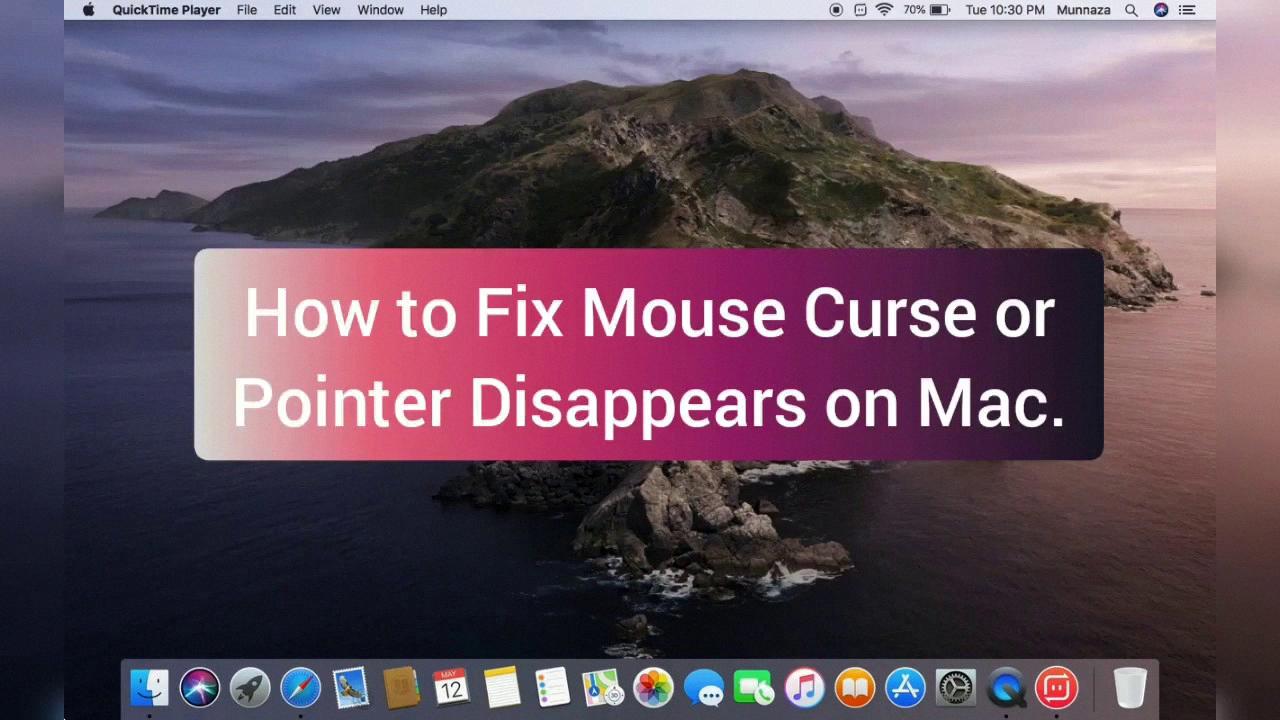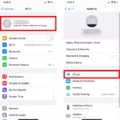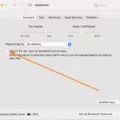If you’re a Mac user, you may have experienced the mysterious phenomenon of your cursor suddenly disappearing. It can be frustrating and confusing—what happened to it? Is it gone forever?
Fortunately, the answer is no. The cause of the disappearing cursor is uually a simple one: activating a feature called Mouse Keys. Mouse Keys is an accessibility feature that allows users to control the mouse pointer using their keyboard number pad. When activated accidentally (often by pressing the Option key five times in quick succession), it causes the mouse pointer to disappear from view.
Fortunately, it’s easy to get your cursor back. All you have to do is deactivate Mouse Keys by going into System Preferences > Accessibility > Mouse & Trackpad and uncheck the box next to Enable Mouse Keys. Once that’s done, your cursor should reappear immediately!
It’s important to note that if you’re having difficulty finding your cursor, tere may be other issues at play. For instance, if your laptop has a touchpad instead of an actual mouse, try disabling reverse scrolling or disabling tap-to-click in the same menu as above. In some cases, restarting your computer may also help resolve any issues with visibility or tracking of your mouse pointer.
Overall, while Mac users may experience occasional frustration due to teir cursor disappearing on them, rest assured that it’s usually just an issue with activating Mouse Keys accidentally and can be easily resolved with just a few clicks in System Preferences!
Bringing the Cursor Back on a Mac
To get the cursor back on your Mac, you can first try adjusting the settings in System Preferences. Go to Accessibility > Display > Cursor and drag the mouse across the scale. This will adjust the size of the cursor, which may help make it more visible. You can also check the box next to “Shake mouse pointer to locate” to temporarily make your cursor larger when you shake your mouse or trackpad. If neither of tese steps work, try restarting your Mac or checking for any hardware issues with your mouse or trackpad.
Fixing a Disappearing Cursor
If you’re having trouble with a disappearing mouse pointer on a Windows computer, there are sevral potential fixes that you can try. First, make sure the mouse is connected properly to the computer and powered on. Then, you can try the following steps:
1. Unhide the Mouse Pointer in the System Settings: Go to Control Panel > Mouse > Pointer Options and make sure that “Display pointer trails” is unchecked. Check “Show location of pointer when I press the CTRL key” to enable the option for a temporary cursor when pressing CTRL.
2. Enable the Touchpad: If your computer has a touchpad or pointing device, make sure it is enabled in Device Manager or from within your system settings.
3. Disable Tablet Mode on a Touchscreen Device: If you’re using a touchscreen device, check your system settings to see if Tablet Mode has been enabled; if so, disable it and see if that resolves the issue with your disappearing mouse cursor.
4. Update or Reinstall the Mouse Drivers: You may need to update or reinstall your mouse drivers in order to get your cursor back; this can usually be done through Device Manager or by downloading updated drivers from the manufacturer’s website.
5. Restart Your Computer: Sometimes, restarting your computer can resolve minor software issues with disappearing cursors; this should be one of your first troubleshooting steps before attempting more complex solutions like driver updates or uninstalling programs that might be causing conflicts with your mouse pointer.
6. Run an Antivirus Scan: If none of these solutions have worked so far, it’s possible that a virus or malicious program could be causing your issue; run an antivirus scan immediately to check for any suspicious software on your machine and take appropriate action if anything is found.
Troubleshooting a Non-Functioning Mac Cursor
If your Mac cursor is not working, it could be due to a number of factors. Check to make sure your trackpad is enabled and that you’re using only one finger on the trackpad. Additionally, check your system preferences and ensure that you haven’t disabled the cursor in Accessibility settings. If none of these steps resolve the issue, it’s possible that tere may be a hardware issue with your trackpad or laptop that needs to be addressed.
Retrieving the Cursor on a Laptop
To get your cursor back on your laptop, you will need to enable the visibility of the pointer. To do this, go to the Devices screen and select Mouse in the left-hand column. Under Related settings in the right-hand panel, click Additional mouse options. In the Mouse Properties window, click the Pointer Options tab, and look under Visibility. Check the box next to Show location of pointer when I press the CTRL key. Once this is done, your cursor shold be visible on your laptop again.
Unfreezing the Mac Cursor
If your Mac cursor appears to be frozen, there are a few simple steps you can take to try and fix the issue. First, press Command + Option + Esc togeher on your keyboard to open the Force Quit menu. From here, use the arrow keys to select the app you think is causing the issue, then press Enter to Force Quit it. You may need to do this for multiple apps if more than one is causing problems. Once all affected apps have been closed, check if your cursor is now working correctly. If not, restart your Mac by clicking on the Apple logo in the top left corner of your screen and selecting ‘Restart’. This should solve any issues with your Mac cursor freezing.

Source: youtube.com
Restoring the Cursor to Normal
First, check to see if your laptop has an Fn (function) key. If so, you can try pressing the Fn + F3/Fn + F5/Fn + F9/Fn + F11 keys simultaneously to restore your cursor back to normal. If this doesn’t work, it’s possible that you may have inadvertently enabled or disabled your mouse or touchpad settings. To fix this, go to the Windows Settings > Devices > Mouse & Touchpad and make sure that the toggle switch for ‘Scroll inactive windows when I hover over them’ is set to On. Additionally, you can also adjust other settings such as cursor speed, double-click speed and more. If thse adjustments don’t bring your cursor back to normal, you may need to reinstall or update your mouse drivers. You can do so by going to the Device Manager in Windows Settings and locating the device under Mice and Other Pointing Devices. Then right-click on it and select Update Driver from the context menu.
Finding the Mouse Cursor
To find your mouse cursor in Windows, you can press the Control key on your keyboard. Doing so will cause an animated circle to appear around the mouse pointer on your desktop, making it easier to spot. You can also use the mouse keys feature in Windows – pressing the Num Lock key and then using the arrow keys on your keyboard to move the mouse cursor around the screen. Finally, if you’re having trouble locating your mouse pointer, you can try changing its size or color to make it easier to spot. To do this, open Control Panel and search for ‘mouse settings’. Then select ‘Change how the mouse pointer looks and behaves’ and adjust the size or color of your pointer as desired.
Conclusion
The disappearing cursor on Mac computers is a common issue that affects many users. It is caused by an incompatibility between the operating system, software, or hardware. In some cases, it is caused by a bug in the system, while in others it may be due to a malfunctioning hardware component. Fortunately, there are a few simple steps users can take to try and resolve the issue. These include restarting the computer, resetting the SMC settings, and checking for software updates. If these solutions do not work, then more advanced troubleshooting techniques may need to be employed. Additionally, contacting Apple Support for further assistance may be necessary in some cases. Regardless of the cause of the disappearing cursor on Mac computers, following these steps shold help users resolve this issue quickly and easily.








